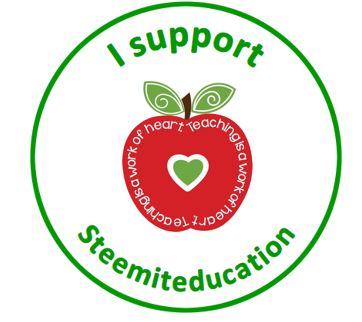Explaining how nature works to the little guys can be a tad tricky, especially when they can’t physically see the processes occurring. With this experiment however, you can teach kids how plants breathe by doing a very easy outdoor science activity that makes the invisible visible! This educational activity is super fun and interesting for two reasons:
- first, kids don't always realise that plants & trees are 'living' things, so this helps them to visualize that concept and
- second, it's a way to actually observe something that is normally invisible!

HOW DO LEAVES BREATHE?
For this activity, you will be creating an environment where one can actually see the oxygen or carbon dioxide process of plants and leaves.
To do this experiment will need the following very basic apparatus:
- A glass bowl/beaker filled with lukewarm water
- A large green leaf
- A rock
- A magnifying glass (not necessary but adds to the fun)

THE EXPERIMENT
- Head outdoors in search for a nice big juicy green leaf. It’s important that you pick the leaf from a plant and not a loose one from the ground since you need it to be an “active” leaf for the experiment to work.
- While outdoors, find yourself a small rock to use as a weight at the same time.
- Place your leaf in your beaker of water and weight it down with the rock so that it is fully submerged.
- And now you wait. This is often the hardest part, encouraging the kids to let a few hours past before they check on their leaves for results. To make them less impatient, do some other experiments with them to pass time! You’ll need to wait more than 2 hours at least.
THE OBSERVATION
What you should see is small bubbles that have formed and are surrounding the leaf and the surface of your beaker.
Ask your young students what happens when the hold their breath under water and then let their air out again; they would see bubbles coming up in the water of course!
THE SCIENCE BIT
The leaf is still using the sunlight as part of the photosynthesis process (where leaves convert sunlight to energy). As a leaf creates that energy, it needs to get rid of the items it no longer needs so it will expel both the extra oxygen during photosysthesis along with water (the release of water from a plant is called transpiration). The process of photosynthesis is what allows us to see the bubbles -- as the leaf releases its' extra oxygen while submerged, the oxygen can be seen as bubbles in the water. And since oxygen is lighter than water, the bubbles will eventually rise to the surface. - https://www.kcedventures.com/blog/how-do-leaves-breathe-a-simple-science-experiment-for-kids
At first your kids might not be too impressed with this experiment, because it does not give instant results, it’s on of the more tedious activities of the bunch. But the will be impressed however when observation time comes and they can see the bubbles have formed, which is proof that plants are in fact a living species and breathe, like we do!
Due to the theory that would have to accompany this experiment, I recommend that it be administered with the bigger of the little guys, around ages 6 and up, so that they can fully appreciate the science bit. However, because the items you need for the activities are all found outdoors and in you home, you could try it with your pre-schoolers, you never know what their reactions might be!
Much love - @sweetpea


